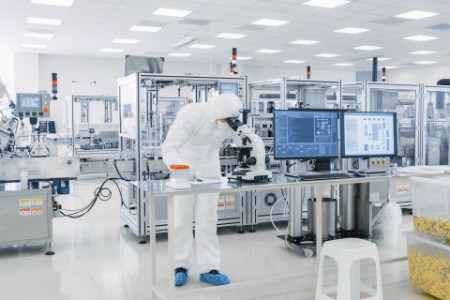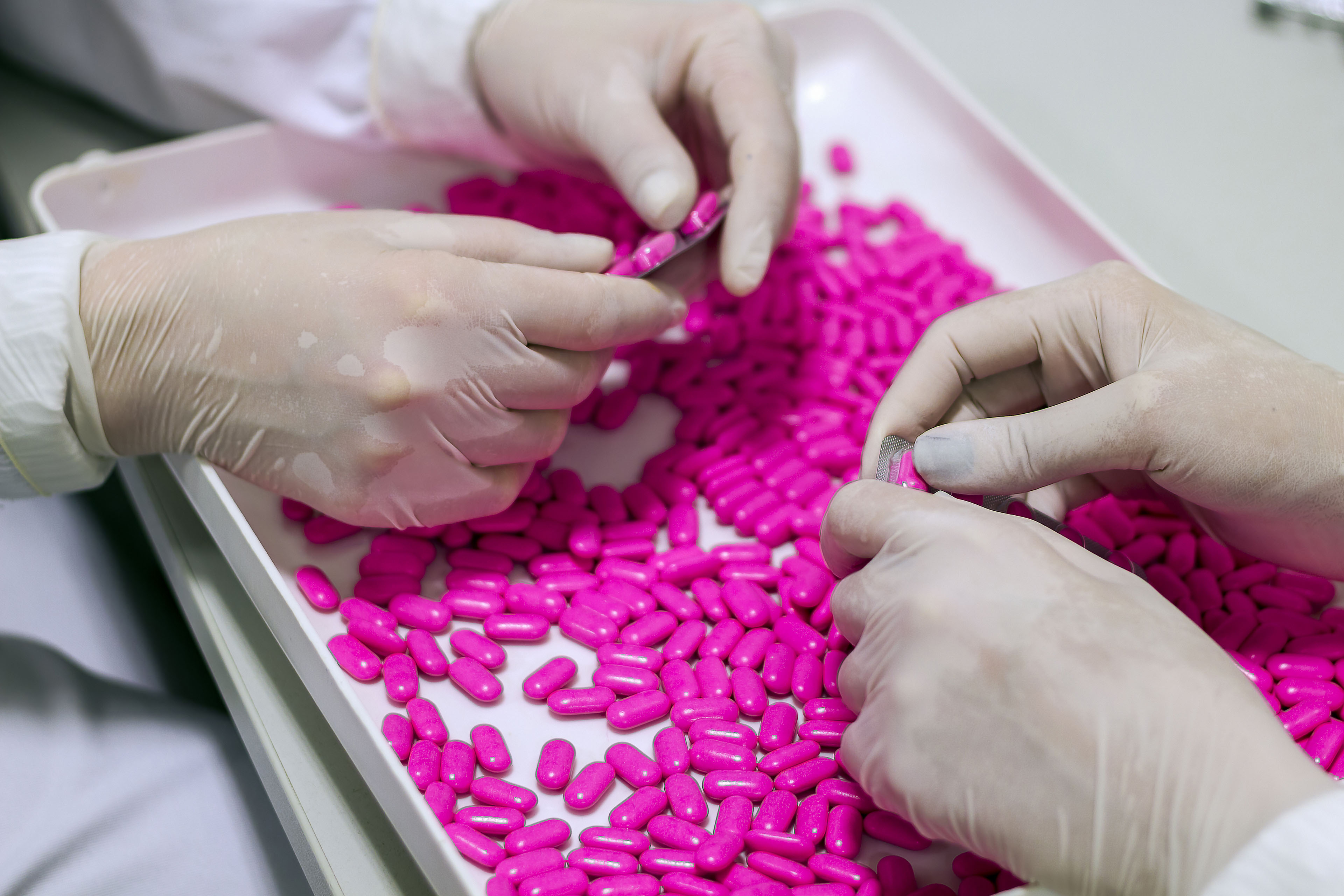How do you prepare for and integrate a huge acquisition at pace?
Founded in 1994 by Birgitte and Hans Bøgh-Sørensen, Orifarm has developed successfully through its two main business streams. Orifarm Healthcare manufactured and sold generic pharmaceuticals, and Orifarm Trade imported original (branded) pharmaceuticals into Denmark.
Orifarm had achieved significant growth organically, but after Takeda’s acquisition of Shire, and its subsequent divestment of a large part of its portfolio, the Orifarm team saw an opportunity that would prove to be a game-changer for the company. The acquisition would strengthen Orifarm’s presence in generic pharma, as well as boosting its production of over the counter (OTC) drugs, including two originally Danish-owned brands, Pamol and Kodimagnyl
The scale of the acquisition presented a slate of wholly new business challenges to the Danish management team. There were two new factories based in Poland and in Hobro; 600 new staff; the need for synchronized and integrated processes across the new group. The sheer scale of the acquisition was daunting, but speed was essential.
“Due to the scope of complexity and transformation, we realized that we did not have all qualifications in-house. We approached EY, who came to visit us in Odense immediately the day after, and asked the right questions,” Ulrik Markussen, Chief Corporate Development Officer at Orifarm, says.
So, what capabilities and experience did the EY team bring to help Orifarm realize its ambitions?

End-to-end, synchronized parallel processes assure success
“Leading practice in this type of acquisition, is to be aware of how the due diligence informs the integration process,” says Mads Steensen, Partner, EY-Parthenon, EY Godkendt Revisionspartnerselskab. The linear management of an acquisition that starts with due diligence before planning the integration is ineffective: it’s important to consider all the processes together.
“This is what we mean by an end-to-end approach, where you consider the integration principles from the very start. You need to focus on how the organization will operate on the day when the company is actually transferred,” Steensen says.
Anders Tuxen, Associate Partner, EY-Parthenon, EY Godkendt Revisionspartnerselskab, points out that in cases where serious efforts are not put into the integration planning up-front, companies have no option but to resort to comprehensive quick fixes after closing. These unforeseen integration errors can put a burden on organizations for a long time.
Preparing for “Day 1” starts with due diligence, across all the company’s functions — operational, regulatory, tax, finance and HR. To support each major work stream, the EY organization brought consultants from across the firm to the project, across ten geographies. Depth of sector experience, an integrated team, and experience of successful carve-outs were all critical to ensuring that when “Day 1” finally came, there was no drama.
“On the day of the transfer, nothing [unforeseen] happened. Some would even call it an anti-climax. We had prepared for this day for several months and then everything fell into place just as it should,” says Ulrik Markussen.

Beyond “Day 1”: Company transformation
The carve-out from Takeda was on such a scale that it wouldn’t have been possible simply to absorb the new business into the existing Orifarm company structure and processes. The DKK 4.6 billion acquisition was one of the largest Danish acquisitions of 2020, and turned Orifarm overnight into Scandinavia's largest manufacturer of non-prescription pharmaceuticals and Denmark's largest supplier of pharmaceuticals as measured by the number of packages sold to pharmacies.
This presented a “steep learning curve” to Orifarm, notes Ulrik Markussen. “Many things were new to us. For example, you think in [terms of] processes rather than qualifications and how you bond due diligence, negotiation and integration together. We learned a lot as we went along – also about ourselves as an organization – and now we are well prepared to take Orifarm further into the future.”
Establishing processes and a strategic framework for the company, has not just ensured that the acquisition was a success from Day 1, but also put it on a footing for further expansion and growth. This process is one of business transformation, through which Orifarm has grown and is now ready to take its place on a global stage.
The views of third parties set out in this publication are not necessarily the views of the global EY organization or its member firms. Moreover, they should be seen in the context of the time they were made.
The team
Related content
Contact us
Like what you’ve seen? Get in touch to learn more.


